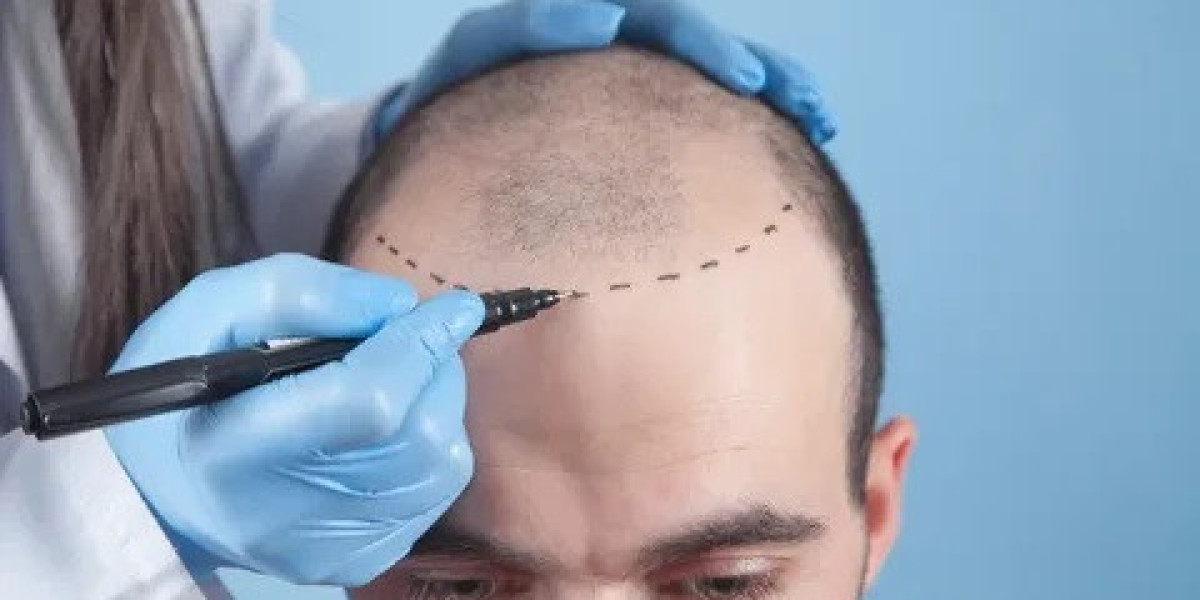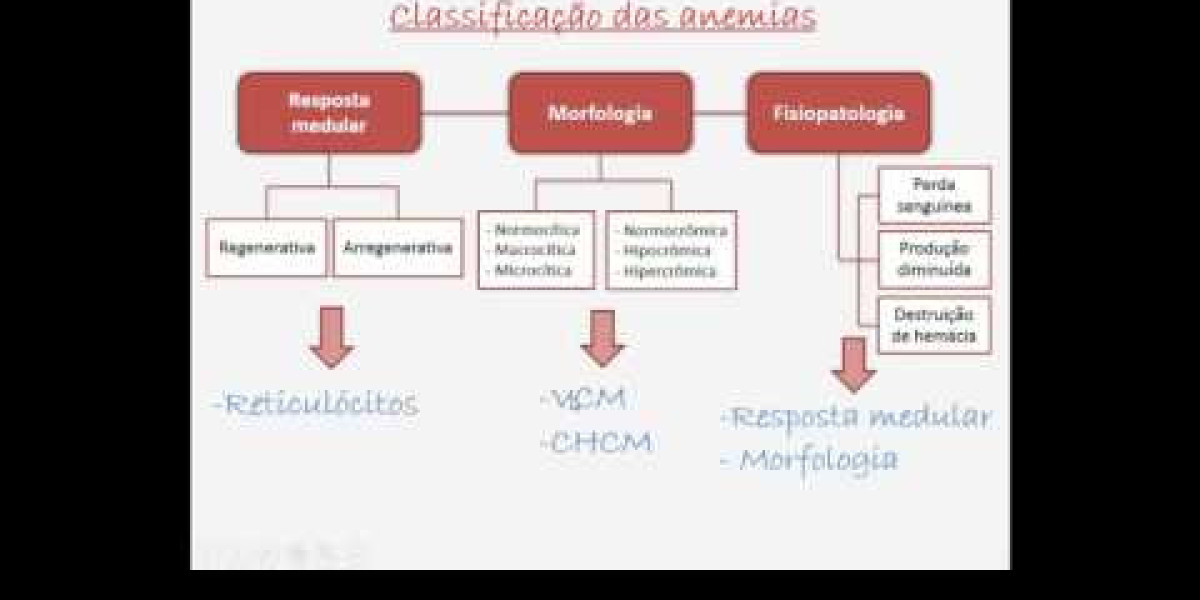Hair loss is a complex condition that affects millions of people worldwide, and Dubai has emerged as a hub for cutting-edge hair loss treatments. Understanding the science behind these treatments can help you make informed decisions about which option is best for you. This blog will delve into the scientific principles behind some of the most popular hair loss treatments in Dubai, (علاج تساقط الشعر في دبي)offering insight into how they work and their effectiveness.
1. Hair Loss and Its Causes
Understanding Hair Loss: Hair loss, or alopecia, occurs when the hair follicles in the scalp become damaged or inactive, leading to thinning hair or bald patches. The condition can be caused by various factors, including:
- Genetics: Genetic predisposition, known as androgenetic alopecia, is the most common cause of hair loss, affecting both men and women.
- Hormonal Changes: Hormonal imbalances, such as those seen in thyroid disorders or pregnancy, can lead to hair thinning.
- Nutritional Deficiencies: Lack of essential nutrients like iron, zinc, and vitamins can impact hair health.
- Medical Conditions: Conditions such as autoimmune diseases, diabetes, and certain medications can contribute to hair loss.
- Lifestyle Factors: Stress, poor diet, and environmental factors can also play a role.
2. Platelet-Rich Plasma (PRP) Therapy
Scientific Basis: PRP therapy involves extracting a small amount of blood from the patient, processing it to concentrate the platelets, and injecting this PRP into the scalp. The scientific basis behind PRP therapy lies in the growth factors present in platelets, which are believed to promote healing and stimulate hair follicles.
How It Works:
- Platelet Activation: Platelets contain growth factors that are activated when injected into the scalp. These factors stimulate hair follicles to enter the active growth phase.
- Enhanced Blood Flow: PRP therapy improves blood circulation in the scalp, providing hair follicles with essential nutrients and oxygen.
- Follicle Rejuvenation: Growth factors in PRP can help rejuvenate dormant or miniaturized hair follicles, promoting new hair growth.
Effectiveness: PRP therapy has been shown to be effective in improving hair density and quality in many patients, though results can vary. Multiple sessions are typically required for optimal results.
3. Hair Transplantation: FUE vs. FUT
Follicular Unit Extraction (FUE): FUE is a minimally invasive hair transplant technique where individual hair follicles are extracted from a donor area and transplanted to the thinning or balding areas.
Scientific Basis:
- Follicle Preservation: FUE maintains the integrity of hair follicles by extracting them individually, reducing trauma and promoting successful grafting.
- Natural Growth: Transplanted follicles adapt to their new location and continue to grow naturally, providing a permanent solution to hair loss.
Follicular Unit Transplantation (FUT): FUT involves removing a strip of scalp from the donor area, dissecting it into follicular units, and transplanting these units to the target area.
Scientific Basis:
- Graft Viability: FUT allows for a large number of grafts to be transplanted in one session, as the follicular units are carefully preserved during the process.
- Dense Coverage: The technique is effective in providing dense coverage for larger areas of hair loss.
Effectiveness: Both FUE and FUT are effective in restoring hair, with FUE offering minimal scarring and quicker recovery, while FUT is suitable for larger areas requiring extensive coverage.
4. Low-Level Laser Therapy (LLLT)
Scientific Basis: LLLT uses low-level lasers to stimulate hair follicles and promote hair growth. The therapy is based on the principle of photobiomodulation, where light energy is absorbed by the cells.
How It Works:
- Cellular Stimulation: LLLT enhances cellular metabolism and energy production within hair follicles, promoting hair growth.
- Increased Blood Flow: The therapy improves blood circulation in the scalp, delivering essential nutrients to the hair follicles.
- Reduction of Inflammation: LLLT can help reduce inflammation around hair follicles, creating a more favorable environment for hair growth.
Effectiveness: LLLT is effective in promoting hair growth and improving hair density in many patients. Regular sessions are required to maintain results, and the therapy is often used in conjunction with other treatments.
5. Mesotherapy
Scientific Basis: Mesotherapy involves injecting a mixture of vitamins, minerals, and other nutrients into the scalp to improve hair health and stimulate growth.
How It Works:
- Direct Nutrient Delivery: Mesotherapy provides direct delivery of essential nutrients to hair follicles, promoting healthier hair growth.
- Improved Scalp Health: The injected nutrients enhance overall scalp health, creating an optimal environment for hair follicles.
Effectiveness: Mesotherapy can improve hair quality and density, though results may vary depending on individual response and the specific formulation used.
6. Scalp Micropigmentation (SMP)
Scientific Basis: SMP is a cosmetic procedure where pigments are applied to the scalp to simulate the appearance of hair follicles.
How It Works:
- Pigment Application: SMP involves depositing pigments into the scalp to create the appearance of hair follicles, enhancing the visual density of hair.
- Customization: The pigments are matched to the patient’s natural hair color, providing a realistic appearance.
Effectiveness: SMP offers immediate visual improvements and is effective in creating the illusion of fuller hair. However, it does not promote actual hair growth and may require touch-ups over time.
7. Combining Treatments for Optimal Results
Scientific Basis: Combining multiple hair loss treatments can provide a synergistic effect, enhancing overall results. For example:
- PRP and LLLT: Combining PRP therapy with LLLT can enhance hair follicle stimulation and improve hair density.
- Hair Transplantation and PRP: Using PRP therapy in conjunction with hair transplantation can support the healing process and promote growth of transplanted follicles.
Effectiveness: Combining treatments allows for a comprehensive approach to hair restoration, addressing multiple aspects of hair loss and improving overall outcomes.
8. Choosing the Right Treatment for You
Factors to Consider:
- Type and Severity of Hair Loss: Different treatments are suited for various stages and types of hair loss.
- Personal Preferences: Consider whether you prefer non-surgical or surgical options, and your willingness to undergo multiple sessions.
- Consultation with Specialists: Consult with a qualified hair loss specialist to determine the most appropriate treatment based on your individual needs and goals.
Final Thoughts
The science behind hair loss treatments in Dubai is rooted in advanced technologies and innovative approaches that offer effective solutions for hair restoration. Understanding how each treatment works can help you make informed decisions and select the best option for your needs.
Whether you choose PRP therapy, hair transplantation, LLLT, mesotherapy, or SMP, Dubai’s advanced hair loss treatments provide promising solutions for restoring hair and confidence. By exploring these options and consulting with specialists, you can embark on a successful hair restoration journey and achieve the results you desire.








